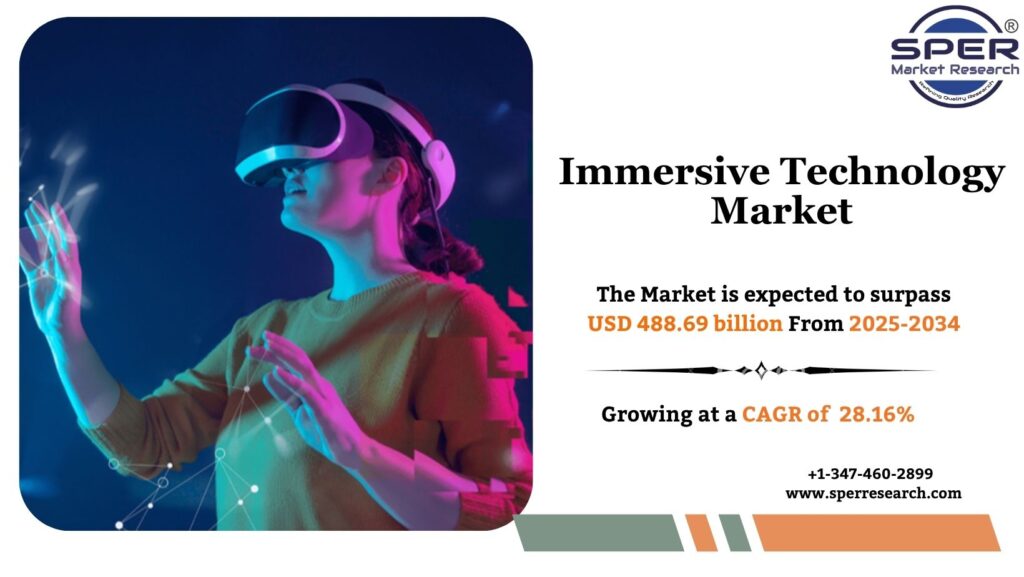Recycled engineering plastics are high-performance polymers recovered from post-consumer or post-industrial waste and processed for reuse in manufacturing. These plastics, including polycarbonate (PC), acrylonitrile butadiene styrene (ABS), polyamides (PA), and polyphenylene sulfide (PPS), offer excellent mechanical strength, thermal stability, and chemical resistance, making them ideal for automotive, electronics, and industrial applications. Recycling these materials reduces dependence on virgin plastics, lowers carbon emissions, and promotes circular economy practices. Both mechanical and chemical recycling methods are employed to maintain material quality, enabling sustainable production while retaining the performance characteristics of the original plastics.
According to SPER market research, ‘Global Recycled Engineering Plastics Market Size- By Product, By Recycling Process, By Application – Regional Outlook, Competitive Strategies and Segment Forecast to 2034’ state that the Global Recycled Engineering Plastics Market is predicted to reach 7878.65 Million by 2034 with a CAGR 5.25%.
Drivers:
The recycled engineering plastics market is growing due to increasing use in automotive, electronics, and packaging industries to achieve sustainability goals and lower carbon footprints. Regulatory measures like the EU Waste Framework Directive, China’s National Sword policy, and Extended Producer Responsibility (EPR) programs are promoting higher recycled content and investment in recycling infrastructure. Heightened focus on carbon neutrality and sustainable manufacturing is further driving adoption. Advanced chemical recycling and polymer regeneration techniques, including depolymerization and pyrolysis, allow recovery of virgin-quality materials, supporting high-performance applications while reducing reliance on fossil-based plastics and enhancing overall supply chain sustainability.
Download the Detailed Analysis in PDF format, Here
Restraints:
The recycled engineering plastics market faces several challenges that may restrict its growth. Material properties can degrade during recycling, especially through mechanical methods, limiting their use in high-performance applications. Inconsistent feedstock quality, contamination of post-consumer and industrial waste, and supply chain constraints add further complexity. The high costs of advanced chemical recycling technologies and the need for specialized infrastructure also pose significant barriers. Moreover, variations in regulations across regions and limited awareness among consumers and manufacturers can slow adoption, making it difficult for recycled engineering plastics to achieve widespread use in industrial and commercial applications.
Asia Pacific dominates the global recycled engineering plastics market, fueled by rapid expansion in the automotive and electronics industries. Nations including China, India, Japan, and South Korea are advancing the use of recycled materials to achieve sustainability targets. Japan’s “3R” (Reduce, Reuse, Recycle) program and South Korea’s Resource Circulation Act promote higher recycled content, while China’s emphasis on domestic recycling infrastructure and electric vehicle production drives demand for high-performance recycled plastics. Some significant market players are Banyan Nation, Borealis, Covestro AG, Dow Inc., Eastman Chemical Company, MBA Polymers, Inc., Polyplastics Group, Polyvisions Inc.
For More Information, refer to below link: –
Recycled Engineering Plastics Market Growth
Related Reports:
Global Steam Trap Market Growth
Follow Us –
LinkedIn | Instagram | Facebook | Twitter
Contact Us:
Sara Lopes, Business Consultant — USA
SPER Market Research
enquiries@sperresearch.com
+1–347–460–2899








